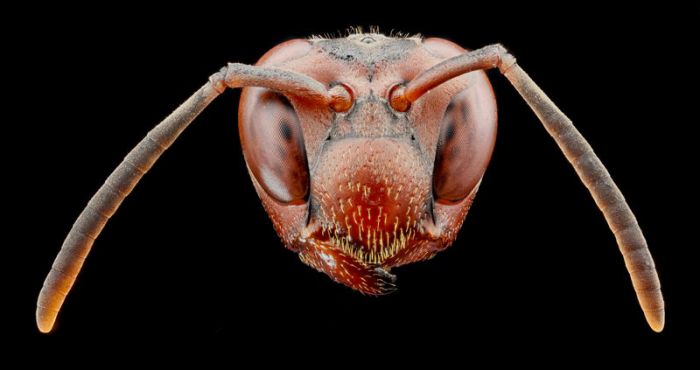|
|
Insect Macro Photography
|
Insects are the only group of invertebrates to have developed flight. The evolution of insect wings has been a subject of debate. Some entomologists suggest that the wings are from paranotal lobes, or extensions from the insect's exoskeleton called the nota, called the paranotal theory. Other theories are based on a pleural origin. The pleuron is membrane on the sides of the thorax. These theories include suggestions that wings originated from modified gills, spiracular flaps or as from an appendage of the epicoxa. The epicoxal theory suggests the insect wings are modified epicoxal exites, a modified appendage at the base of the legs or coxa. In the Carboniferous age, some of the Meganeura dragonflies had as much as a 50 cm (20 in) wide wingspan. The appearance of gigantic insects has been found to be consistent with high atmospheric oxygen. The respiratory system of insects constrains their size, however the high oxygen in the atmosphere allowed larger sizes. The largest flying insects today are much smaller and include several moth species such as the Atlas moth and the White Witch (Thysania agrippina). Insect flight has been a topic of great interest in aerodynamics due partly to the inability of steady-state theories to explain the lift generated by the tiny wings of insects.
Unlike birds, many small insects are swept along by the prevailing winds although many of the larger insects are known to make migrations. Aphids are known to be transported long distances by low-level jet streams. As such, fine line patterns associated with converging winds within weather radar imagery, like the WSR-88D radar network, often represent large groups of insects.
• Walking
Many adult insects use six legs for walking and have adopted a tripedal gait. The tripedal gait allows for rapid walking while always having a stable stance and has been studied extensively in cockroaches. The legs are used in alternate triangles touching the ground. For the first step, the middle right leg and the front and rear left legs are in contact with the ground and move the insect forward, while the front and rear right leg and the middle left leg are lifted and moved forward to a new position. When they touch the ground to form a new stable triangle the other legs can be lifted and brought forward in turn and so on. The purest form of the tripedal gait is seen in insects moving at high speeds. However, this type of locomotion is not rigid and insects can adapt a variety of gaits. For example, when moving slowly, turning, or avoiding obstacles, four or more feet may be touching the ground. Insects can also adapt their gait to cope with the loss of one or more limbs.
|
|









